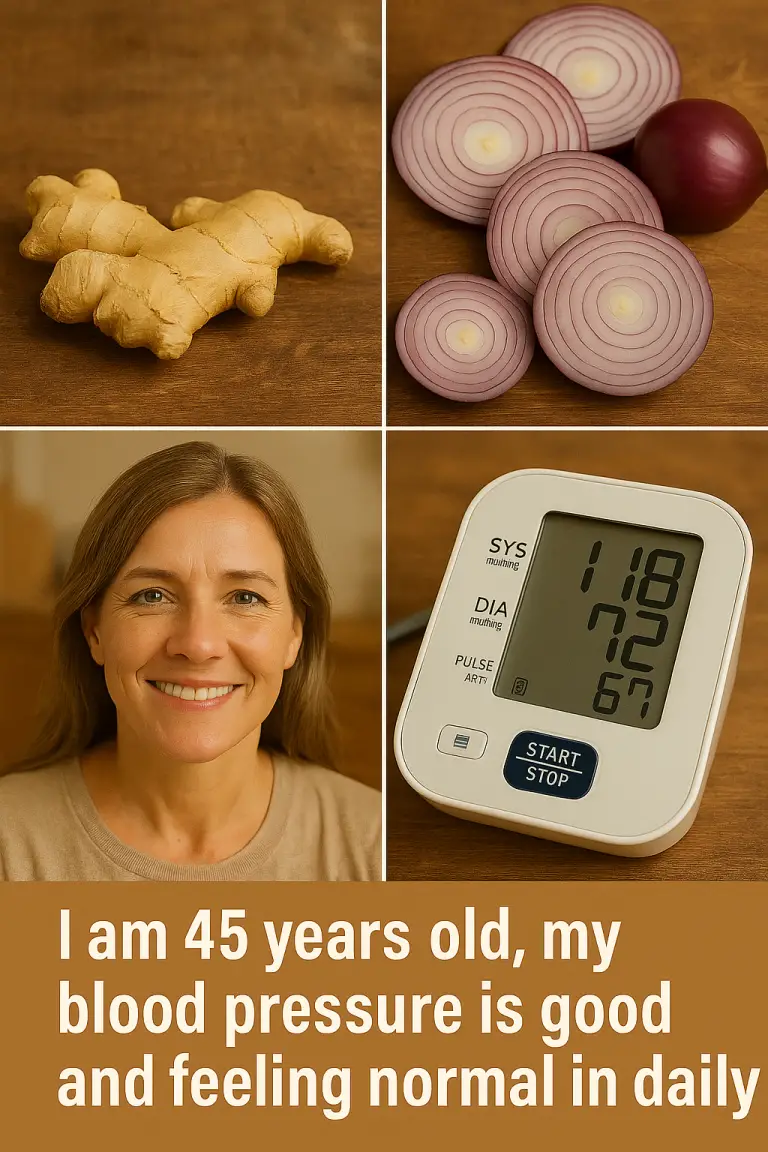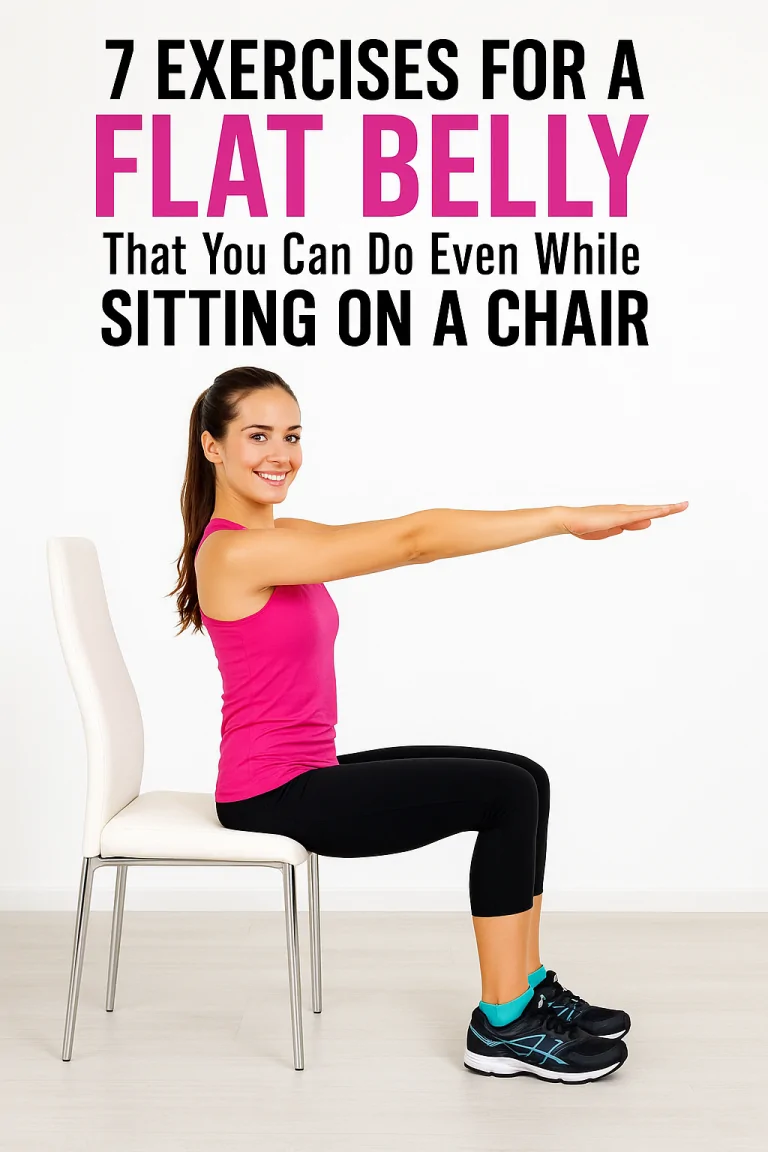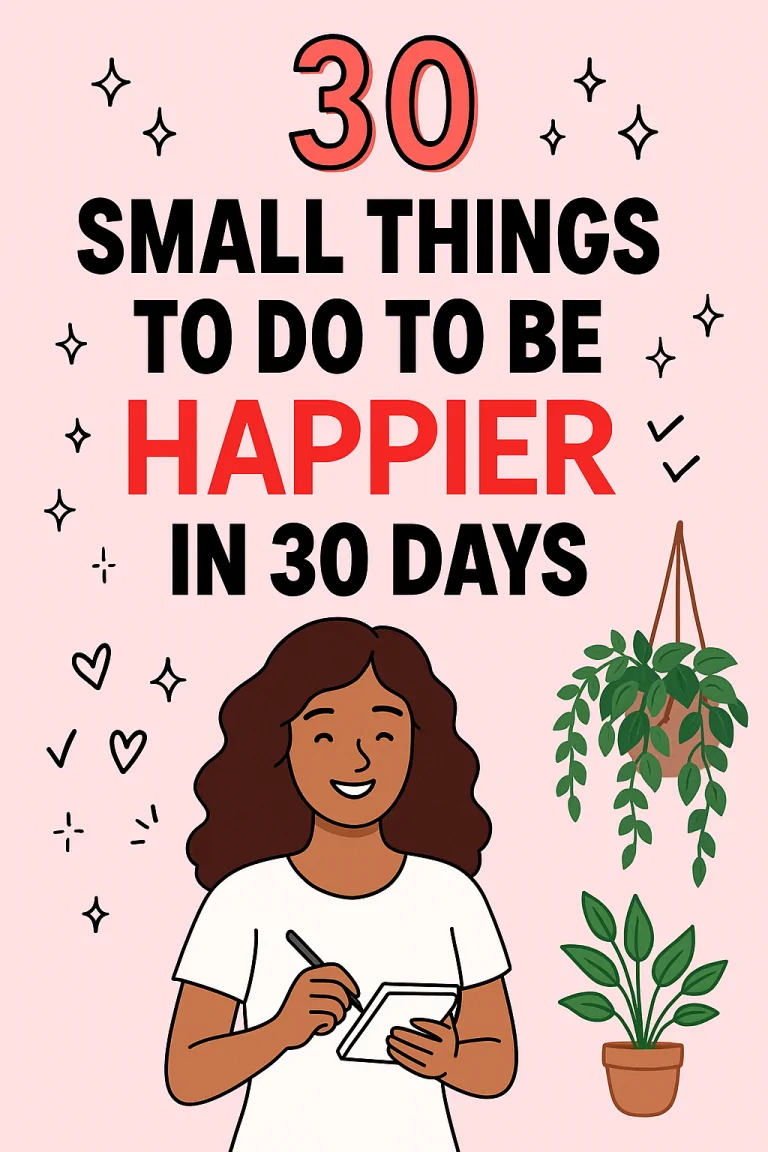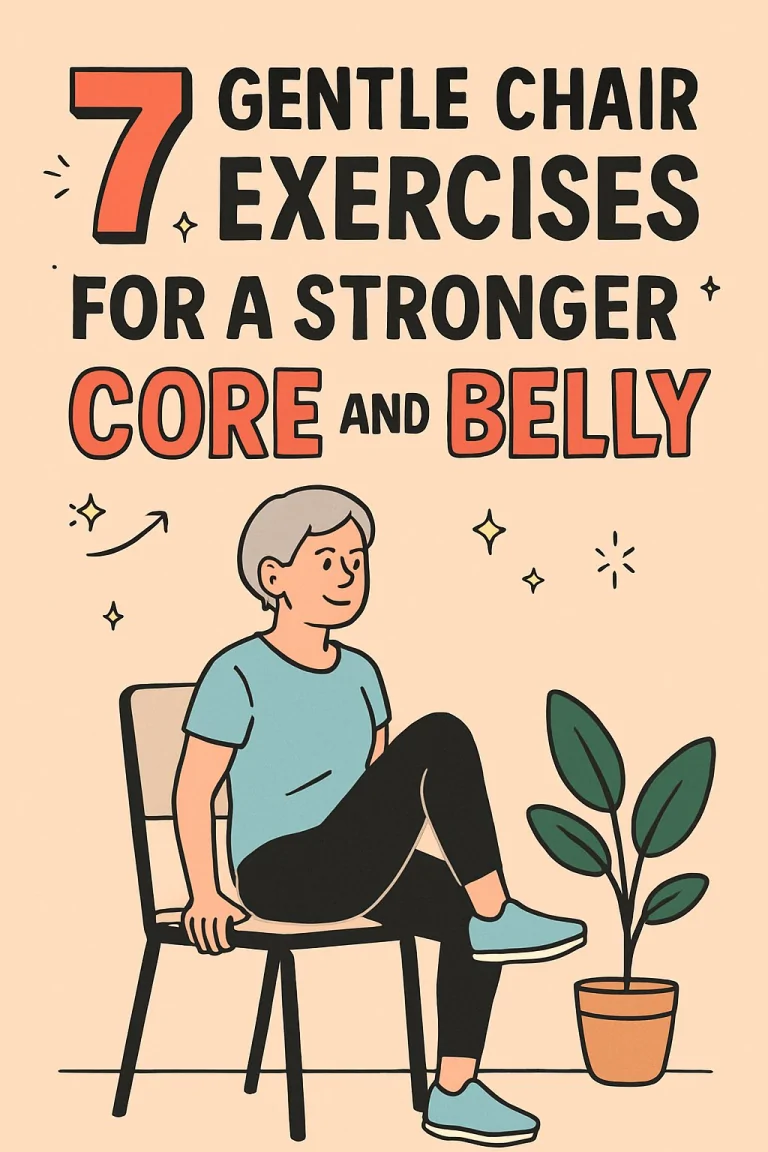10 At Home Exercises for Older Women: Safe and Effective Workouts for Strength and Mobility

1. Modified Wall Push-Up
Doing push-ups against a wall helps strengthen the arms, shoulders, and chest using only body weight. This movement supports core muscles while keeping wrists and joints safe from strain. It is a low-impact exercise, making it suitable for seniors and anyone starting their fitness routine.
How to do it:
- Stand at arm’s length from a wall.
- Place hands at shoulder height and width.
- Bend elbows to bring the chest toward the wall.
- Push back to the starting spot.
- Repeat 10-15 times.
Wall push-ups are a practical way to build upper body strength at home, supporting everyday activities like lifting, pushing, and bathing.
2. Chair Squat (Sit & Stand)
This exercise mimics sitting down and getting up from a chair. It encourages leg strength and supports independence for daily tasks such as standing up from a couch or toilet. By practicing chair squats, older adults work on balance, stability, and lower body muscle, reducing the risk of falls.
How to do it:
- Sit on a sturdy chair with feet flat on the floor.
- Cross arms or hold them out for balance.
- Stand up without using hands, then sit back down.
- Repeat 10-15 times.
Chair squats fit any exercise routine and can be made easier or harder based on mobility.
3. Floor to Stand Practice
Getting down to the floor and back up again is an important life skill. Practicing this move builds confidence and maintains the ability to play with children, pick up objects, or handle emergency situations. It engages core muscles and helps improve balance.
How to do it:
- Start seated on the floor.
- Use hands and knees to stand up.
- Slowly lower body to sit back on the floor.
- Do 5-8 repeats as strength allows.
Regular practice of this move helps prevent fear of falling, a key part of fall prevention exercises.
4. Walking Heel to Toe
Balance training is essential for reducing the risk of falls. This simple activity helps improve coordination and increases lower leg strength.
How to do it:
- Stand upright, arms at the sides.
- Place the heel of one foot directly in front of the toes of the other.
- Walk forward, keeping each step in a straight line.
- Try for 10-15 steady steps; turn and repeat.
This drill can be included before or after other balance exercises. It also boosts ankle strength, supporting long-term mobility.
5. Lateral Leg Raise
Lifting a leg out to the side, known as a lateral leg lift, helps stabilize the hips and strengthen the hip abductor muscles. This move is beneficial for anyone wanting to support their core and prevent tipping or falls.
How to do it:
- Stand tall behind a sturdy chair for balance.
- Slowly lift one leg out to the side without leaning.
- Lower the leg and repeat on both sides, aiming for 10-12 lifts per leg.
Leg lifts can be added to any at-home exercise routine, helping with walking and getting in and out of cars.
6. Seated Knee March
Seated marching is a beginner-friendly way to boost circulation, strengthen the legs, and activate the abdominal muscles. As a chair exercise, it is gentle on the joints and can be performed by individuals with limited mobility.
How to do it:
- Sit upright with feet flat on the floor.
- Lift one knee toward the chest, then lower it.
- Alternate legs in a steady rhythm for 1-2 minutes.
Mix in arm movements for more challenge and improved cardiovascular health.
7. Shoulder Circle Movements
Arm circles are a straightforward movement to loosen up the shoulders. This exercise increases flexibility in the upper body and can help with daily requirements like lifting groceries or reaching shelves.
How to do it:
- Stand or sit with arms extended out to the sides.
- Make small circles, moving forward for 15-20 seconds.
- Reverse the direction of the circles for another 15-20 seconds.
Shoulder circles are often recommended as part of warm-up or cool-down routines.
8. Side Step and Touch
Sidestep movements paired with toe touches or clapping are a form of low-impact exercise that boosts coordination and heart health. These moves keep workouts light but effective, especially for people who want gentle cardio.
How to do it:
- Stand with feet hip-width apart.
- Step sideways with one foot, then join with the other.
- Add a toe touch, arm raise, or clap to each step.
- Continue for 1-2 minutes at a steady pace.
This can be done as a fun interval between strength training exercises, making it easy to stay active even while watching TV.
9. Standing Toe Lift
Raising the heels off the floor, known as a standing toe lift or calf raise, targets the lower legs and ankles. These muscles are essential for balance, walking, and climbing stairs.
How to do it:
- Stand behind a chair and hold it for support.
- Lift both heels to stand on the balls of the feet.
- Lower back down slowly and repeat 10-15 times.
Calf raises are quick to do and can be built into daily routines, such as brushing teeth or waiting for the kettle to boil.
10. Gentle Spine Arch and Dip
The cat-cow stretch is a popular movement to keep the spine flexible and reduce back stiffness. It works for most age groups but is especially helpful as an exercise for seniors needing to manage soreness after activities like playing with grandchildren.
How to do it:
- Get on hands and knees on a soft surface.
- Arch the back upward (like a stretching cat), tucking the chin in.
- Lower the belly, lifting the chin and tailbone (like a cow).
- Repeat slowly eight to ten times.
This movement can be part of balance exercises, helping improve posture and release tension.
Reasons These Gentle Movements Matter
Simple, low-impact exercises are effective for building strength, improving balance, and keeping the body flexible. Most require no special equipment, just a chair or a bit of open space.
Key benefits include:
- Supporting core muscles for better stability.
- Fostering independence for daily tasks.
- Reducing the risk of falling by including balance exercises and fall prevention exercises.
- Encouraging regular movement without overloading joints.
These activities make it easier to take part in enjoyable parts of life, like keeping up with grandchildren or staying involved in hobbies.
For those with movement concerns or starting out, chair exercises like seated marching or even seated shoulder rolls offer ways to build confidence before moving on to standing routines. Mixing different kinds of movements—such as strength training, stretching, and light cardio—helps older adults keep active safely, every day.
Frequently Asked Questions
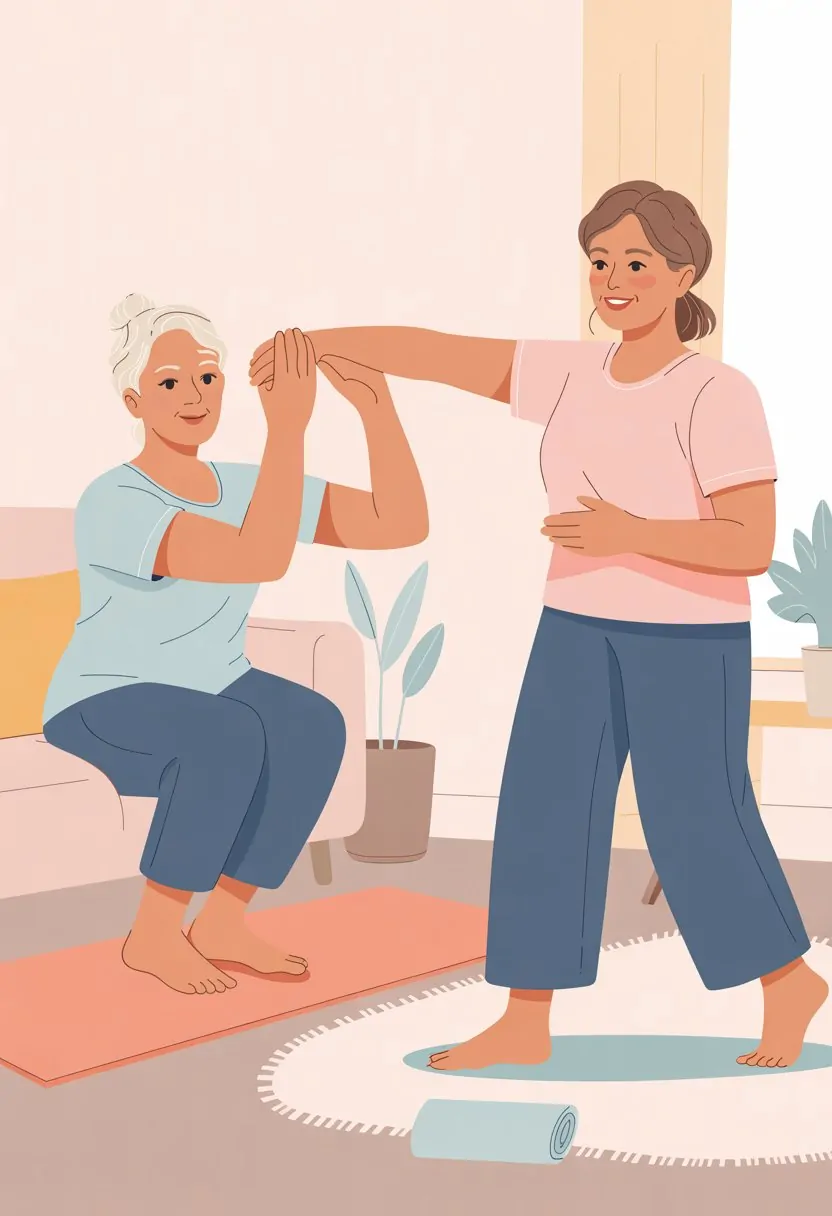
Which Simple Daily Movements Are Safe for Women Over 60?
Women over 60 can include low-impact activities in their daily routine to stay healthy. Some safe choices are:
- Walking around the house or yard
- Gentle stretching or yoga
- Chair exercises, like seated leg lifts or arm curls
- Light bodyweight squats or heel raises
Being consistent with these exercises can help with mobility, flexibility, and overall strength.
Ways for Those Over 75 to Stay Physically Active Indoors
Seniors over 75 can stay active at home by doing short sessions each day. Examples include:
- Marching in place
- Light housework, like dusting or folding laundry
- Chair stands (sitting and standing from a chair, repeating several times)
- Gentle stretching
Setting a regular time each day for movement can build healthy habits and support independence.
Recommended Home Exercise Schedule for a 70-Year-Old Woman
A good home routine for a 70-year-old woman may involve mixing strength, balance, and flexibility work. A sample weekly plan might look like:
| Day | Activity Type |
|---|---|
| Monday | Gentle strength training |
| Tuesday | Balance exercises |
| Wednesday | Brisk indoor walk |
| Thursday | Flexibility stretches |
| Friday | Gentle strength training |
| Saturday | Balance or light yoga |
| Sunday | Rest or easy walk |
All movements should be done at a comfortable pace and stopped if pain occurs.
Exercises That Boost Strength and Balance for Women Over 80
Older women can improve strength and balance with these simple moves:
- Standing or seated marches
- Side leg lifts (holding onto a chair for support)
- Wall push-ups
- Heel-to-toe walks along a hallway
Safety is important, so using a sturdy chair or having someone nearby for support is helpful.
No-Equipment Exercise Ideas for Aging Females
Many useful exercises need only a small space and no special gear. Options include:
- Sit-to-stand from a sturdy chair
- Arm circles
- Gentle knee lifts
- Standing calf raises
Doing these types of movements can help keep muscles active and joints flexible.
Gentle and Helpful At-Home Workouts for Senior Women
Workouts that are easy on the joints but still helpful might include:
- Stretching major muscle groups (arms, legs, back)
- Simple step-ups on a low stair
- Seated exercises like toe taps or shoulder rolls
- Slow, controlled standing balance moves
These routines can boost mood and encourage regular movement, even for those with limited mobility.



